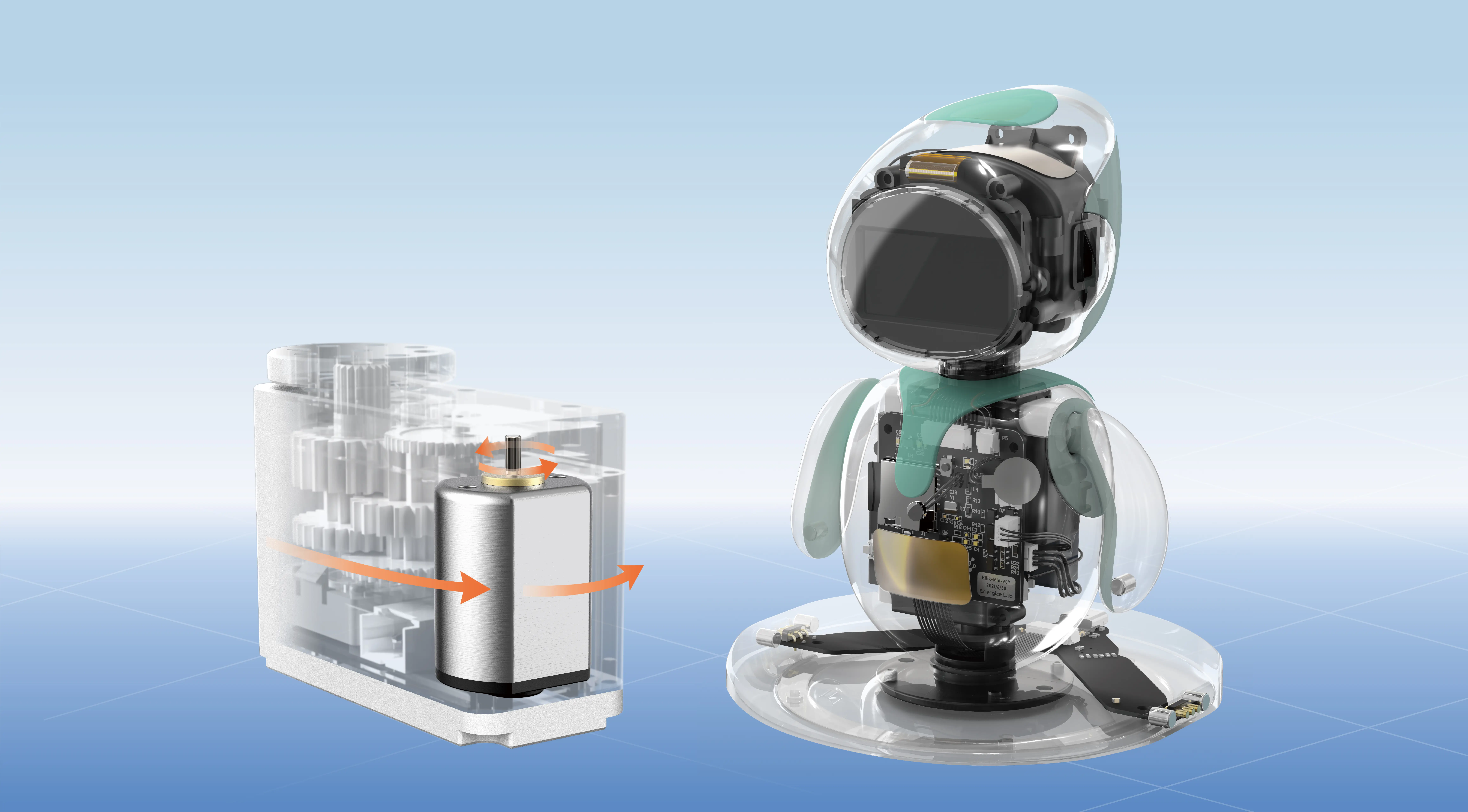Imagine you're sitting at your desk, trying to figure out the buzzwords everyone keeps tossing around: REST API and microservices. It’s almost like trying to decode a secret language. They sound similar but are actually quite different—like cousins who look alike but have completely different personalities. Let’s clear that up.

First, REST API. Think of it as a set of rules that allows your applications to chat with each other. It’s an interface—think of it as a menu in a restaurant. You get a request, like “Hey, I want the menu,” or “Give me the latest news,” and the REST API responds accordingly. It's designed to be simple, lightweight, and flexible—usable over the web, easy to understand, and adaptable to many situations. You don’t need to worry about how the backend works; you just shout your request, and it returns the answer. For example, when a weather app pulls data from a weather server, it’s usually using REST API calls behind the scenes.
Now, microservices. That’s a whole different game. It's like building a city out of tiny, independent neighborhoods—you can call them "microservices." Each one has a specific job that it does well, without relying overly on anyone else. Want your payment system, user login, and recommendation engine all working smoothly? Break them into separate services. That way, if one gets overwhelmed or crashes, the rest are still standing strong. It makes the whole system much more flexible and easier to scale. Think of microservices as tiny, autonomous units working together, like an orchestra—each instrument specializes in its own part but still contributes to a harmonious performance.
So, how do they relate? REST API is often used to connect those microservices. Each microservice might have its own REST API, giving it a way to communicate with other parts of the system. It’s like having a universal language that all these little neighborhoods speak to each other.
People often ask, “Are microservices just fancy REST APIs?” Nope. It’s like asking if a house is just a bunch of bricks—sure, bricks are in there, but the house is more than just a pile of bricks. Microservices are about architecture, modular design, and independence. REST APIs are simply one of the tools used to facilitate their communication.
Why does this matter? Well, picture updating just one feature—say, refreshing the user login—from a monolithic system. It might be a nightmare. With microservices, you can upgrade or fix that one piece without messing everything else up. And REST APIs make that possible, acting as flexible bridges among services.
Thinking of deploying an app? Understanding where REST API fits and what microservices bring to the table can seriously streamline your move from idea to launch. It’s about agility, speed, and the ability to respond to user needs instantly. Plus, it reduces the headache of managing one giant system—no more half-off updates or fragile code.
In essence, REST API is like the messenger, and microservices are the individual village leaders in the digital city. They work together to make everything run smoothly, scalable, and ready for whatever comes next. Before diving into development, getting this picture straight helps in making smarter choices. Save yourself trouble down the line—know your APIs, understand your microservices, and build smarter.
Established in 2005, Kpower has been dedicated to a professional compact motion unit manufacturer, headquartered in Dongguan, Guangdong Province, China. Leveraging innovations in modular drive technology, Kpower integrates high-performance motors, precision reducers, and multi-protocol control systems to provide efficient and customized smart drive system solutions. Kpower has delivered professional drive system solutions to over 500 enterprise clients globally with products covering various fields such as Smart Home Systems, Automatic Electronics, Robotics, Precision Agriculture, Drones, and Industrial Automation.




































